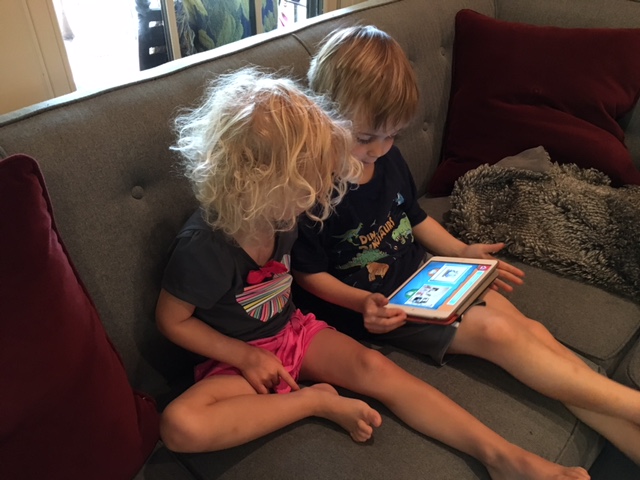If you’ve been following PopUp Play for a while, you’ve probably seen us express how much we really love this generation of kids. After all, we are in the business of understanding how kids like to have fun. And, according to our fans, we’re doing a pretty good job.
That’s why we’re starting a new series on our blog in which we highlight a unique quality of today’s kids.

To kick things off, we wanted to tackle the ever-present question: how do you keep a kid’s focus? Especially in light of recent research that shows our attention spans continue to grow shorter, just what can make kids stop to listen?
Researchers often cite young adults’ activity on social media as both a contributing factor and possible way to connect with them. While there has been a lot of focus on Millennials’ interactions on social media (most recently exhibited through Coca-Cola’s cross-country trip featuring two young women documenting on Facebook and Twitter), what about the younger kids of today, who aren’t quite at the age to be active on social media?
We believe that it’s definitely possible to reach and hold the attention of kids today. You just have to know the right way to do it: by speaking their language.

To do this, it helps to understand just what is happening in a child’s brain when they encounter new information. They are actually processing whether something is relevant or interesting to them in a rapid, 8-second time frame.
A 2015 study shows that children’s shortening attention spans equip them with a method to quickly sort through what information is relevant or interesting to them. Since we now have daily exposure to information from television, web, tablets, phones, etc., some sort of filter must exist. While older generations struggle to adapt to this new influx of information, today’s kids have had this exposure since day one.
Kids as old as graduating high schoolers don’t remember a time without technology at the touch of a finger. Because of this, they’re more trained than their older counterparts to quickly sort through information that pertains to them in an 8-second time frame.
What does this mean? If you can manage to hold a child’s attention for longer than eight seconds, you’ve got ‘em.

We’ve all had the experience of handing our phone to a child and seeing them figure out how to use it in just a couple seconds. This generation is able to respond to modern technology and quickly adapt to unfamiliar platforms. By engaging kids through platforms they inherently understand, that learning barrier is essentially dropped, allowing children to more fluently and easily interact. While younger children aren’t on Twitter, Snapchat or Instagram, they are playing web, phone and tablet-based games.
PopUp Play embraces these kiddos’ learning style, which is why we’ve built a design platform that caters to them. We know our tech needs to be topnotch to keep digital natives entertained, but we also know there’s nothing that can replace real-time play with friends and family. For this reason, we’ve created an experience in which kids can transform their digital creations into physical, lasting play.
As your child plays this week, pay attention to what actually holds their attention. We want to know: what toys, games and activities have your child hooked?